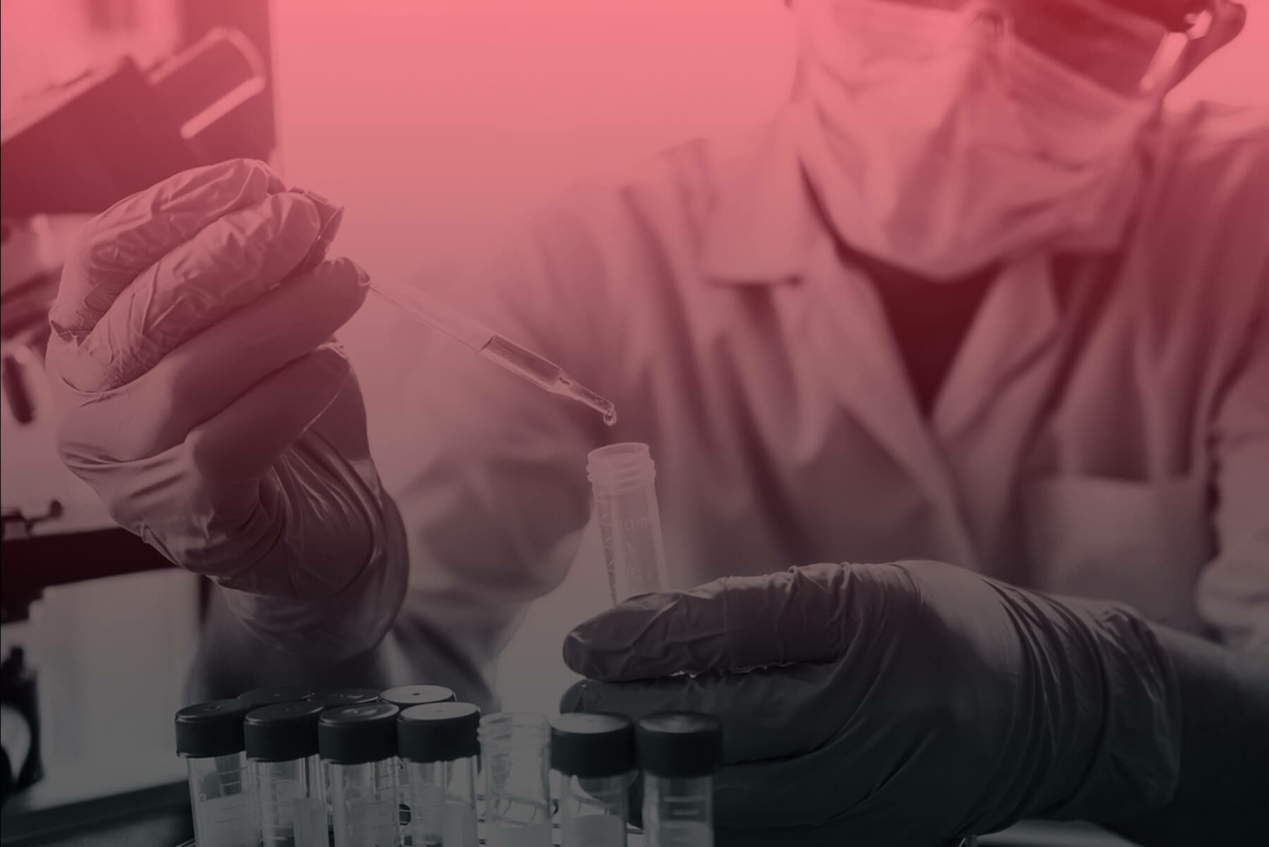Demystifying Regenerative Medicine

November 3, 2020
Thousands of years before the term regenerative medicine (RM) was coined, the theory of regeneration was the stuff of legends. Dating back to the 8th century B.C., this concept was depicted in the ancient Greek myth as recounted by Hesiod wherein the Greek Titan, Prometheus, stole fire from Olympus to aid mankind. As punishment, the immortal was banished to the Carpathian Mountains and chained to a rock to be tortured for thousands of years. Each night Prometheus was visited by an eagle that would consume his liver only for it to grow back the following day. Subsequently the eagle would return each night, continuing this cycle of torture and regeneration.
It seems though the ancient Greeks were onto something even when naming the liver ἧπαρ (hepar), after ἠπάομαι which means “to repair oneself.” Of course, we now understand the liver is the only organ in the body capable of regenerating after injury. But while the origins of regeneration may be rooted in myth, RM includes many real and practical applications which have scientifically evolved over thousands of years. The field is broad and interdisciplinary, requiring deep understanding of numerous therapeutic areas, strict regulatory guidelines, and ethical considerations these therapies raise, especially when it comes to the use of stem cells.
For the past 15 years, PRC Clinical has worked hand in hand with regenerative medicine sponsors and industry trailblazers including the California Institute for Regenerative Medicine (CIRM) to continue advancing these therapies across a range of RM trials including neurology, ophthalmology, and many more. To further explore RM, we’re answering some frequently asked questions to give a simple explanation of a field that is notoriously complex and often misunderstood.
What Is RM?
According to the FDA’s Guidances Related to the Regulation of Regenerative Medicine Products and Human Cells, Tissues, and Cellular and Tissue-Based Products (HCT/Ps), RM “is a field with great promise that includes a variety of innovative products including cell therapies, therapeutic tissue engineering products, human cell and tissue products, as well as combination products.” Many RM products also fall under the regulatory category of products described as human cells, tissues, and cellular and tissue-based products known as HCT/Ps.
The Alliance for Regenerative Medicine (ARM) defines these as follows:
- Gene-based medicine, which seeks to modify or introduce genes into a patient’s body with the goal of durably treating, preventing, or potentially even curing disease, including several types of cancer, viral diseases, and inherited disorders.
- Genome editing, by which DNA is inserted, replaced, removed, or modified at particular locations in the human genome for therapeutic benefit in order to treat cancer, rare inherited disorders, HIV, or other diseases.
- Cell therapy, which includes the administration of viable, often purified, cells into a patient’s body to grow, replace, or repair damaged tissue for the treatment of a disease. A variety of different types of cells can be used in cell therapy.
- Tissue-engineered products and biomaterials, which seek to restore, maintain, improve, or replace damaged tissues and organs through the combination of scaffolds, cells, and/or biologically active molecules.
How Are RM and Stem Cells Linked?
Since RM primarily focuses on human cells, stem cells are often considered for use in preclinical and clinical therapies. As one of the foundational cells of the human body, stem cells can grow more than 200 types of body cells, meaning it’s possible to transform these nonspecialized cells into specialized cells. According to the University of Nebraska Medical Center (UNMC), these include embryonic, adult, and induced pluripotent stem cells (iPS). There are also many other resources that are used to collect stem cells including transplants, biomaterials, scaffolds, machines and electronics, stimulation pathways, drug therapy, and many others.
Over the past 20 years there has been a sharp increase in the understanding of stem cells and their potential uses. However, there are many regulatory guidelines that must be followed. In the U.S., stem cells are regulated by the FDA and generally require FDA approval. According to a recent FDA consumer alert there is “a lot of misleading information on the internet about these [stem cell] products, including statements about the conditions they can be used to treat.”
To date, the only stem cell products that are FDA-approved consist of blood-forming stem cells (also known as hematopoietic progenitor cells) that are derived from umbilical cord blood. These products are approved for use in patients with disorders that affect the production of blood (i.e., the “hematopoietic” system) but they are not approved for other uses.
What Does RM Treat?
From the first tissue grafting in the 16th century to the first kidney transplant in 1954 to cutting-edge treatments for COVID-19 including Regeneron’s REGN-COV2 experimental antibody cocktail, it’s easy to see RM covers a range of therapeutic areas. As Future Medicine explains, “RM has grown out of a good deal of prior activity. This includes surgery, surgical implants, such as artificial hips, and increasingly sophisticated biomaterial scaffolds. It also draws on hospital procedures such as bone marrow and organ transplants and it relates to tissue engineering.”
To learn more about the available products that have undergone the required regulatory approval process as overseen by the FDA (as well as other countries’ regulatory bodies) visit ARM’s website.
How Common Are RM Trials?
RM is a vast and promising field poised to advance medicine even in the face of the pandemic. In fact, as of August 6, 2020, the ARM reports that there was a 120% increase in fundraising by cell and gene therapy developers in the first half of 2020 alone. In the same report, ARM highlights that there are currently more than 1,000 active RM clinical trials worldwide, an industry first, including 515 gene therapies, 632 cell therapies, and 136 tissue engineering/biomaterial therapies. Of these trials, 394 were in Phase I, 587 in Phase II, and 97 in Phase III. These trials span oncology, musculoskeletal, CNS, hematology, and many more where COVID-19 currently includes 11 active trials utilizing RMs and advanced therapies.
Why Is It Imperative to Partner With Experts?
The explosive growth the RM field is witnessing underscores the potential of these therapies in today’s clinical landscape and the growing complexities facing researchers. As the nature of this interdisciplinary field is broad, you need a partner with deep knowledge of the intricacies of an array of innovative treatments and technologies. Navigating a range of therapeutic areas, strict regulatory guidelines, and ethical concerns regarding stem cells requires a deep understanding of numerous therapies and technologies.
With experience conducting more than 30 RM trials involving more than 800 patients, PRC Clinical works hand in hand with you to provide strategic solutions to advance your RM study. Our high-touch approach ensures patients get the care they need to remain actively engaged and enrolled throughout your trial’s lifecycle. When you need specialized expertise for your RM trial, you deserve TLC from PRC.




